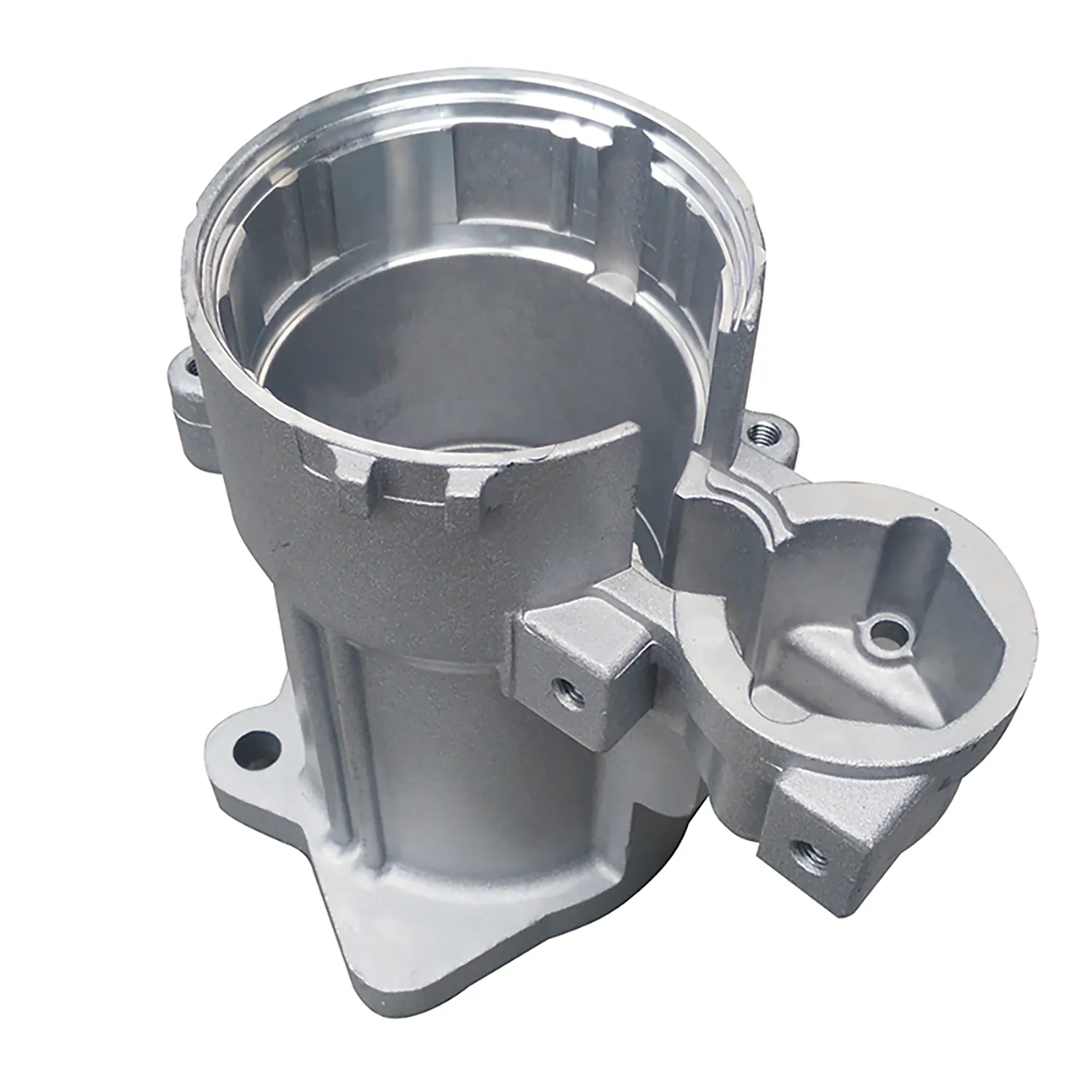Mobile:+86-311-808-126-83
Email:info@ydcastings.com
Understanding the Importance of a Car Oil Collector Pan for Optimal Engine Performance and Maintenance
Understanding the Car Oil Collector Pan Its Role and Importance
The oil collector pan, often referred to as the oil pan or sump, is an integral component of an automobile's engine system. It serves multiple vital functions that not only support the overall operation of the engine but also contribute to its longevity and efficiency.
What is an Oil Collector Pan?
The oil pan is a metal reservoir located at the bottom of an engine. Its primary role is to hold the engine oil, which is crucial for lubricating the engine components. The oil collected in this pan circulates throughout the engine, reducing friction and preventing wear and tear on moving parts. This lubrication is essential for maintaining the optimal performance of the engine, ensuring it runs smoothly and efficiently.
Design and Structure
Typically made from either stamped steel or aluminum, the oil pan is designed to withstand the harsh environment and conditions within the engine compartment. Its shape and design vary depending on the type of vehicle and engine configuration. Many modern oil pans also feature baffles and traps that help to keep the oil in place, preventing it from sloshing around during acceleration, turns, or braking. This design is particularly important as it helps maintain consistent lubrication and oil pressure.
Functions of the Oil Collector Pan
car oil collector pan

1. Oil Storage As mentioned, the primary function of the oil pan is to store engine oil. It acts as a reservoir, allowing the oil pump to draw the needed oil into circulation whenever the engine is running.
2. Cooling The oil also plays a role in cooling the engine components. As it circulates, it picks up heat from various parts of the engine and carries it back to the oil pan. Here, the heat dissipates into the surrounding air, helping to regulate the engine's temperature.
3. Filtration and Sediment Collection The oil pan sometimes contains a filter that helps eliminate impurities from the oil, thereby extending the life of the oil and the engine. Additionally, the pan can collect sediment and debris that may settle out of the oil over time, preventing it from circulating back through the engine.
4. Sealing and Protection The oil pan is sealed with a gasket to prevent leaks. A properly sealed oil pan protects the oil from contamination and prevents it from leaking onto other engine parts, which could create hazardous situations or damage sensitive components.
Maintenance Considerations
Regular maintenance of the oil collector pan is essential for the overall health of the engine. Check for leaks periodically, as an oil pan leak can lead to low oil levels, which may result in severe engine damage. Additionally, during routine oil changes, it’s vital to inspect the condition of the oil pan and its gasket. It's also wise to keep an eye on the oil level and quality, as dirty or low oil can severely affect engine performance.
In summary, the car oil collector pan plays a critical role in the engine's functionality and durability. It not only serves as a reservoir for engine oil but also contributes to cooling, filtration, and protection of engine components. Understanding its importance can help vehicle owners appreciate the need for regular maintenance and timely checks to ensure their engines operate at peak performance. By taking care of the oil pan and the oil it houses, drivers can significantly extend the life of their vehicles and enhance their driving experience.
-
Why Should You Invest in Superior Pump Castings for Your Equipment?NewsJun.09,2025
-
Unlock Performance Potential with Stainless Impellers and Aluminum End CapsNewsJun.09,2025
-
Revolutionize Your Machinery with Superior Cast Iron and Aluminum ComponentsNewsJun.09,2025
-
Revolutionize Fluid Dynamics with Premium Pump ComponentsNewsJun.09,2025
-
Optimizing Industrial Systems with Essential Valve ComponentsNewsJun.09,2025
-
Elevate Grid Efficiency with High-Precision Power CastingsNewsJun.09,2025











